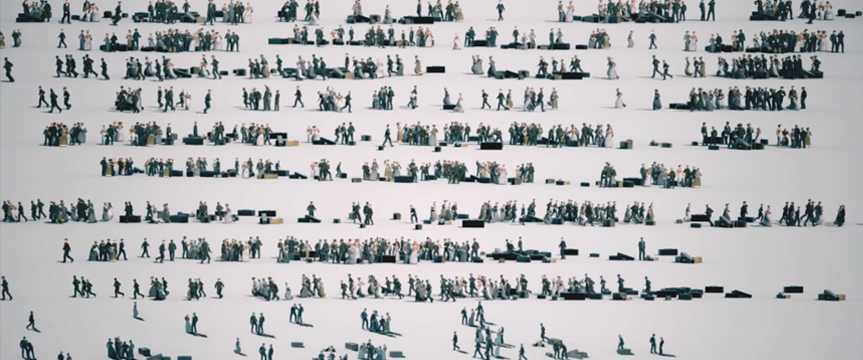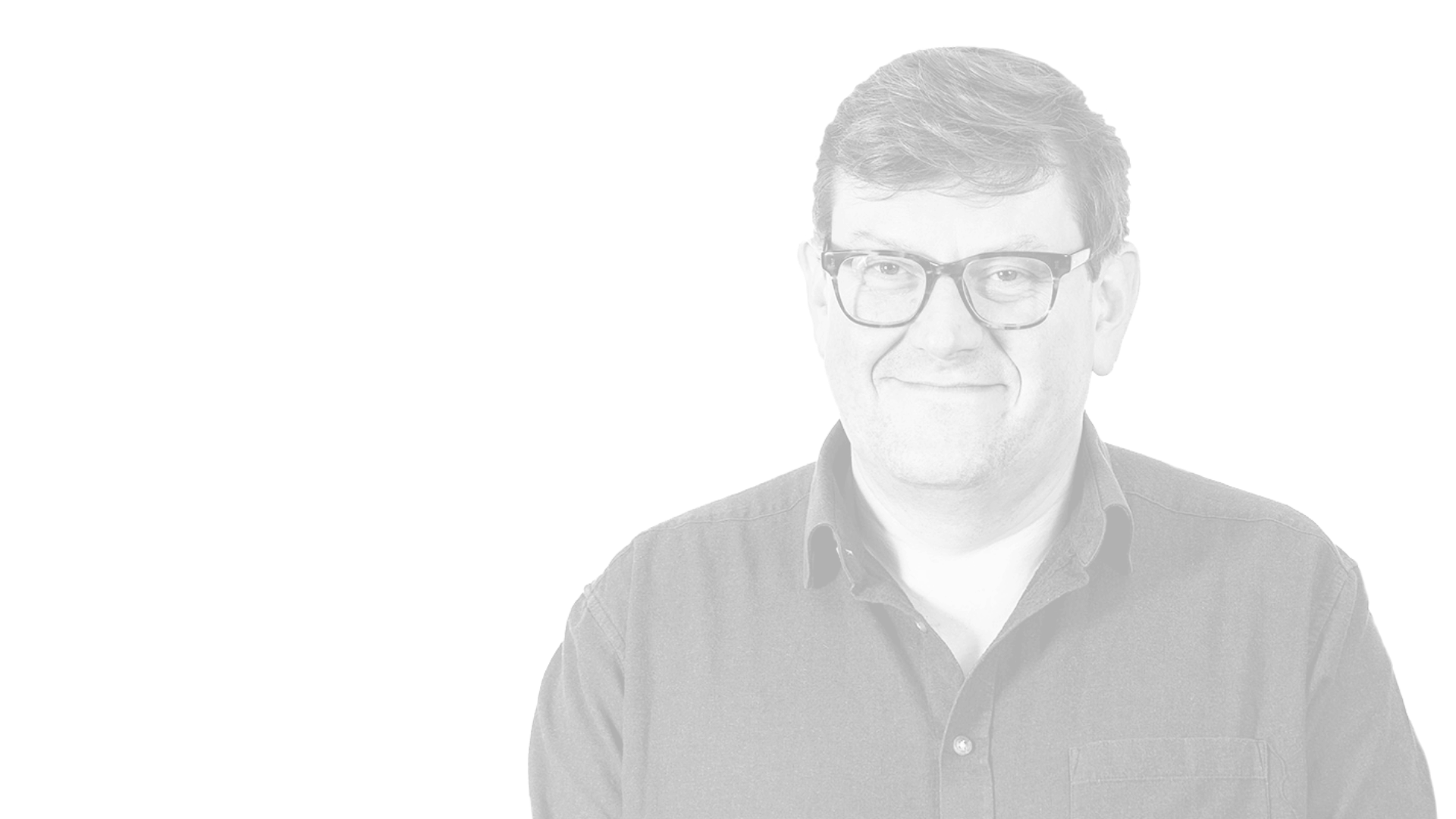A guide to crowd replication

The pandemic and its associated restrictions have left many industries with a quandary. How do we go about our business as usual when we’re far from ‘business as usual’? It’s something we’ve all had to adjust to and the TV industry is no different.
Many productions have kicked back into life, albeit with a new way of working. Filming a series or movie has become a puzzle as production teams find novel ways around the problem. Some are going as far as quarantining their entire cast and crew prior to filming, something that is sure to be expensive and outside many productions’ realm of possibility.
While you can figure out an on-set workaround for most issues, what can you do if you need an entire crowd? In our recent survey, we found crowd replication was a key concern for getting TV productions back up and running. With social distancing measures, having a live-action crowd isn’t safe or feasible, unless you want to spend a lot of money paying your extras to quarantine so they can be used to film in a ‘bubble’. Removing them altogether will make your show or film feel lifeless and empty. So what solutions are there?
Defining a crowd
Through a process called ‘crowd replication’, we can create lifelike crowds indistinguishable from the real thing. But what constitutes a crowd? Strictly speaking, the term only applies to groups of above 20 people. Think a platoon of soldiers, a raucous crowd at a football game, or a hoard of zombies. Below 20 people, you could still call it a crowd, but because of the smaller size, you would go about choosing a different workflow.
It’s also worth noting that there is a 2D way to do crowd replication and a 3D way. 2D crowd replication usually involves filming a cluster of people (5-20 at a time) at one spot, moving them, then filming again, on and on until you have filled your scene. That wouldn’t abide by social distancing rules, so isn’t an ideal solution. So we’ll be talking about 3D crowd replication solutions that we can reasonably do in these times.
How to make a crowd – below 20 people
There are several ways you can do this. The first is to film actors against a green screen, decked out in the right costume, and combine them into a group. You could film them together in socially distanced groups and replicate and fill in the gaps with individual people.
The second is to buy CGI models of the character asset you want. These could be individual people or groups. They would be dressed in whatever the model comes with. If you have a group where people don’t need to be unique individuals, such as in a crowd of soldiers, then it’s a good solution.
But if you need them to be diverse in how they look and dress, it isn’t ideal because you will need to texture the models individually in different ways to make them look different in a crowd. You can always texture models with your own costume, using different software like Marvellous Designer, but this is time-consuming and expensive. However, if you are doing a period show or require specific costumes, then this is the best way.
The final method is to make bespoke character models and dress them with your chosen clothes/texture, which are ‘handmade’ digitally. You can do this through photogrammetry capture of actors in the clothes you want. You can also create ‘bespoke’ costume using Marvellous Designer, but you get a more realistic finish using photogrammetry.
A note about crowd sizes
Something else you need to consider is the size of the people in the crowd, as they appear on-screen. If they are bigger than an eighth of their real size, they aren’t really a crowd. If they’re anywhere between a quarter and half the size they should be, then they need to behave more realistically, otherwise, audiences will be able to spot that they aren’t real actors.
If you ever need to use a ‘featured’ character (as in a ‘main’ character), then this is even more crucial. You would need an incredibly accurate digital double of them. So whichever of the above it is, it will affect how they are made. As a rule of thumb, the closer the 3D character is to camera, the more expressive/ reactive they will need to be and the more realistic. This also affects the cost – so the closer to camera the 3D model is, the more it will cost.
If the character is going to be quarter- or half-size, then using photogrammetry is the usual way. You can also use motion capture of the actor. Another way of doing this would be to use volumetric capture of the actor to create a digital puppet of them. Disney used this method in 2019’s Aladdin for actor Will Smith in his role as the Genie. Weta Digital also has volumetric capture software to create digital double humans, though this is only viable for mega-budget studio movies at the moment.
How to make a crowd – over 20 people
Making bigger crowds is usually done with proprietary software that the big VFX houses have spent decades developing. One of the most well-known names in this category is Massive Software, crowd created using can be seen in the likes of Game of Thrones, I, Robot, and World War Z.
These days, you can also create large crowds with a software called Houdini. It’s an entire kit of essential VFX tools, one of which just happens to be crowd replication. It’s a relatively straightforward way to create simulations of entities that behave in the same way, such as zombies or skeletons.
Another route that is opening up is 4D capture. It’s currently being used by architects to populate CGI cityscapes with people but could easily be adapted to work for TV and film. As technology tends to do, I wouldn’t be surprised if this improves in the years to come and becomes a staple technique. Time will tell.
If there is one takeaway, it’s that crowd replication is possible even in these unprecedented times. If your script calls for a diverse crowd of individuals or an oncoming army of soldiers, it can still have that. There are plenty of digital solutions available that can create realistic crowds and who knows, it might just be your new favourite way to do it.
At REALTIME, our expertise in VFX covers crowd replication, amongst many other specialities. We work collaboratively with you to deliver the results you need. To find out more, reach out to me at [email protected].


